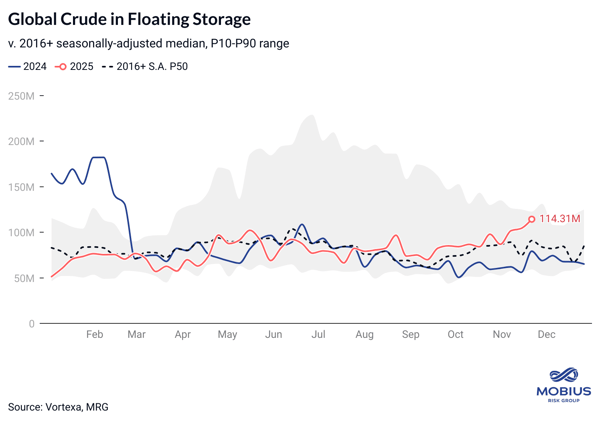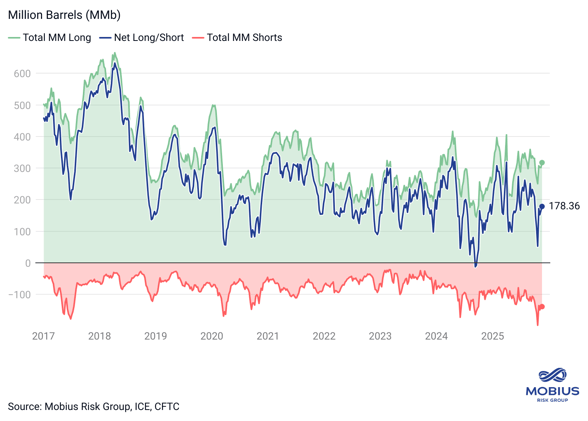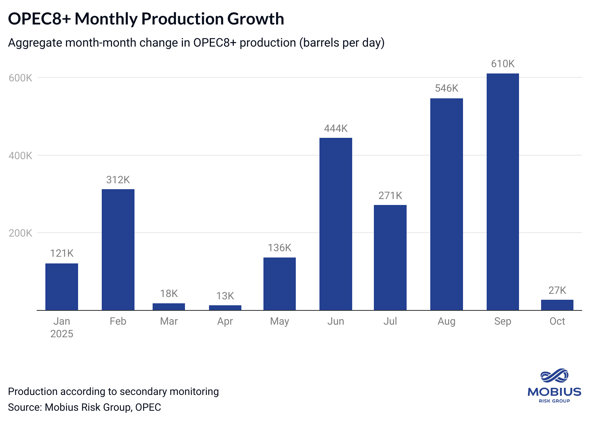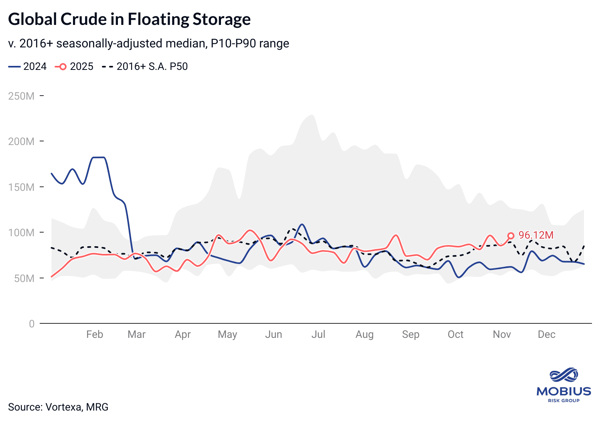- Mobius Market Research
- Topics
- Intel Briefs
Premium
Brief: Early Withdrawals from EU Gas Storage
Gas storage levels in the European Union hit a preliminary peak over two weeks ahead of normal this year, with bloc-wide storage facilities at 83% capacity (3,234 Bcf) on Nov 4 versus 95% at the same point last year and a trailing 5YR S.A. average of more than 91%.










